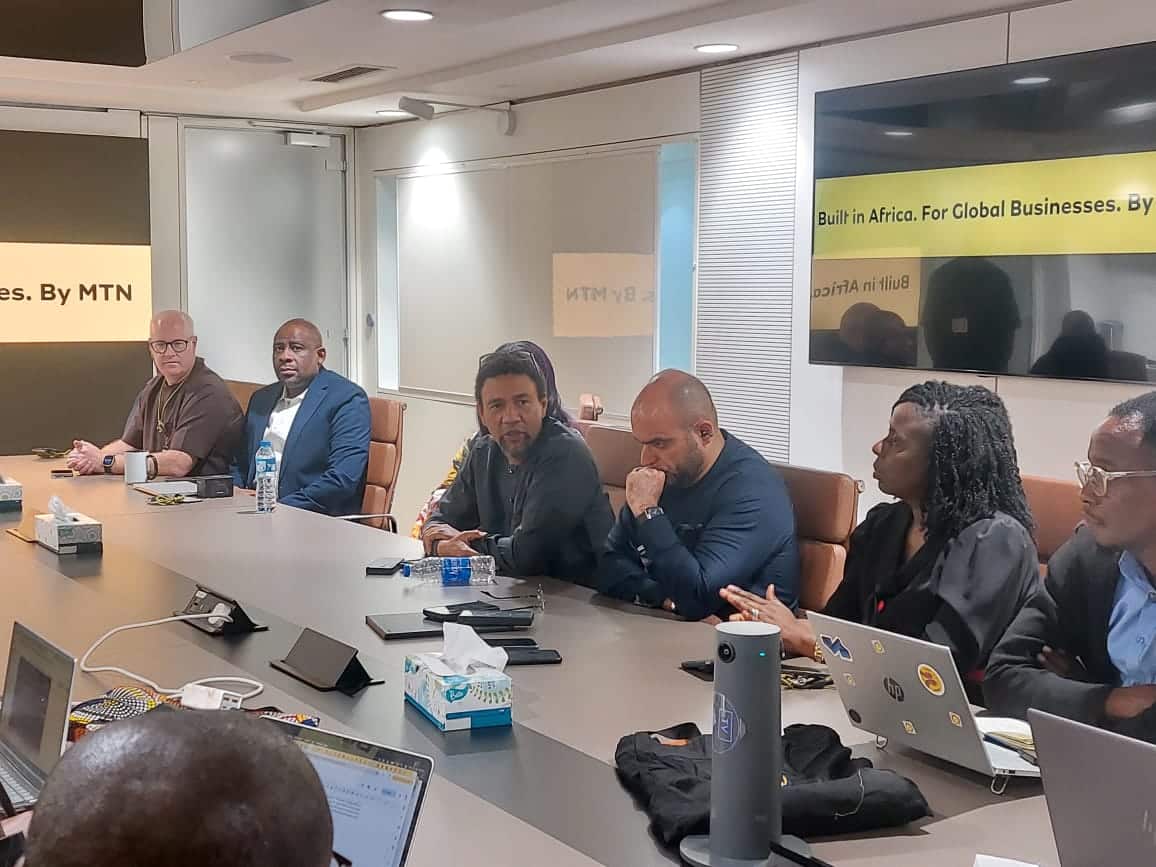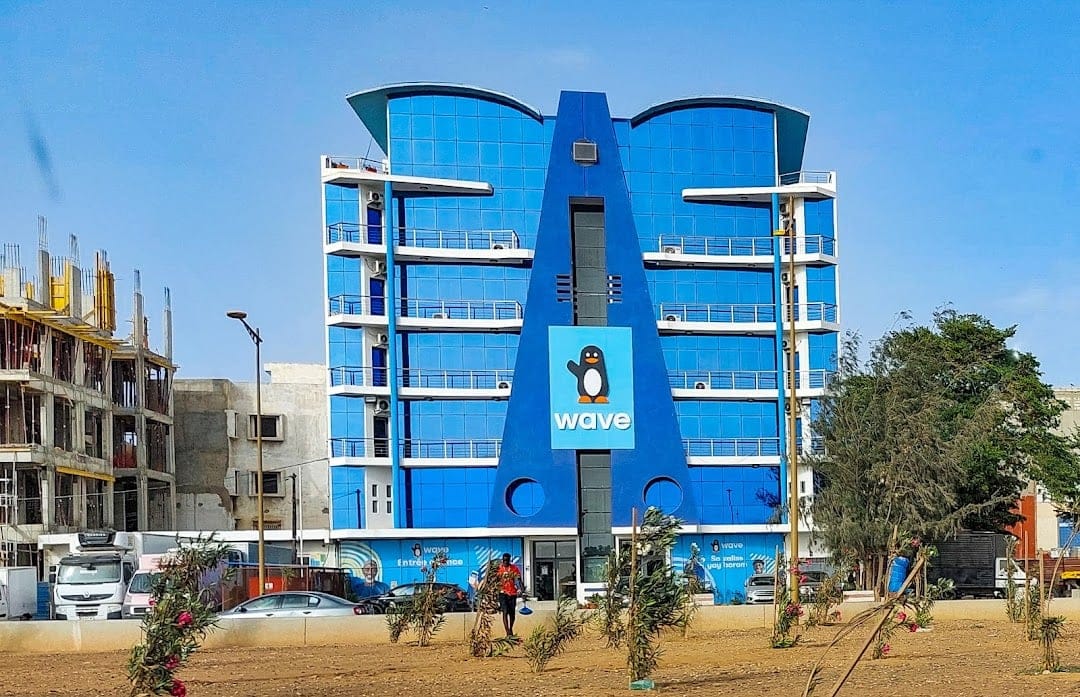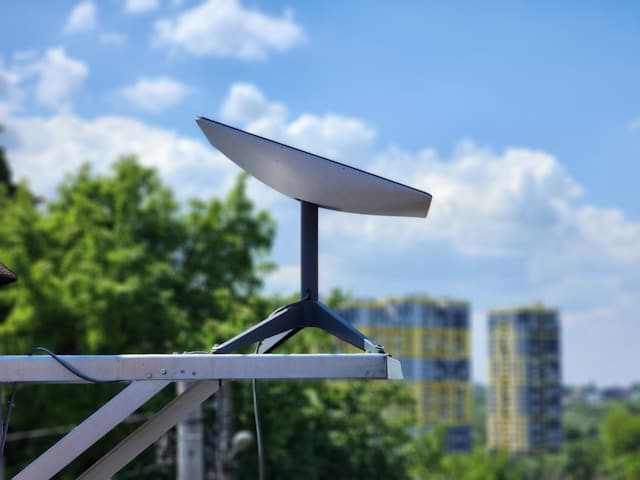Key takeaways:
- The Ethereum upgrade known as The Merge happened on Thursday, September 15, 2022. The upgrade saw Ethereum go from a proof-of-work (PoW) network to a proof-of-stake (PoS) network.
- PoS and PoW are consensus mechanisms for validating transactions. Ethereum formally used PoW which consumed a lot of electricity, making it bad for the environment. The change to PoS will reduce the network’s electricity consumption by 99%.
Yesterday, September 15, 2022, about 67 thousand people joined the live viewing party to watch the upgrade of the second largest blockchain in the world — Ethereum — with a market cap of over $200 million.
As soon as the upgrade dubbed “The Merge” was completed, Ethereum CEO Vitalik Buterin tweeted, “Happy merge all. This is a big moment for the Ethereum ecosystem. Everyone who helped make the Merge happen should feel very proud today.”
Why is the upgrade called The Merge?
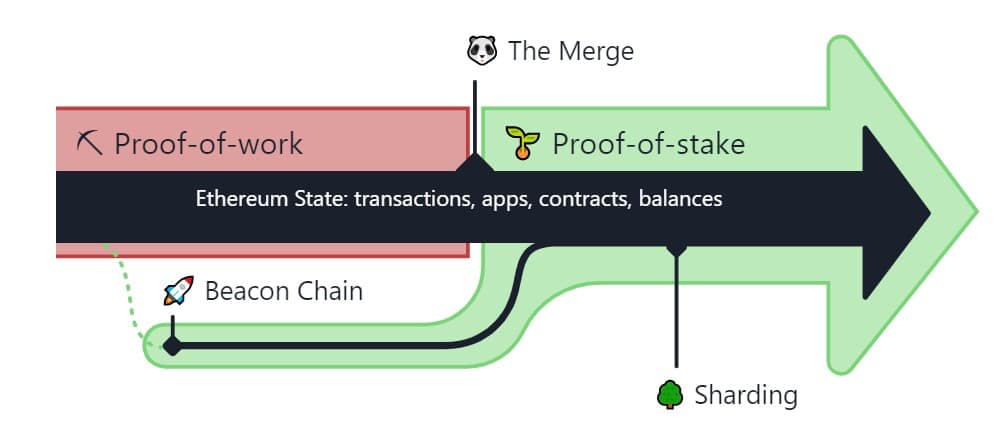
The upgrade was called The Merge because Ethereum already created a demo blockchain called the Beacon Chain that already uses proof-of-stake (PoS). The Merge meant merging that demo blockchain with the main blockchain. It was initially referred to as ETH 2.0, but the Ethereum Foundation changed it because it longer fit the Ethereum roadmap.
Why was The Merge necessary?
The Merge is the upgrade of the Ethereum blockchain from a computing system that consumes a lot of electricity to a greener and less power-hungry system.
Why does Ethereum consume a lot of electricity?
Ethereum consumes much electricity because it uses a proof-of-work(PoW) consensus mechanism. The consensus mechanism is how transactions are validated on public blockchains like Ethereum and Bitcoin.
To understand this, we need to go back to what blockchain means. A blockchain is simply a record book that records transactions. One person does not hold this record book; nobody owns it, but everybody has it.
To ensure that no one records a lie in the record book, everyone needed to agree that a transaction took place before it could be added to the record book. The more of agreement is what is known as a consensus mechanism.
The people who agree to these transactions and validate them are known as miners.
How do they agree?
Miners have to solve complex mathematical problems requiring a powerful computing rig. For context, even a new Mac with an M2 chip isn’t strong enough to solve these problems. When miners can solve complex math problems, the system rewards them with ETH, which is how new coins are generated, hence the word mining.
This complex process of validating transactions is the consensus mechanism known as PoW.
How is proof-of-work (PoW) different from proof-of-stake (PoS)?
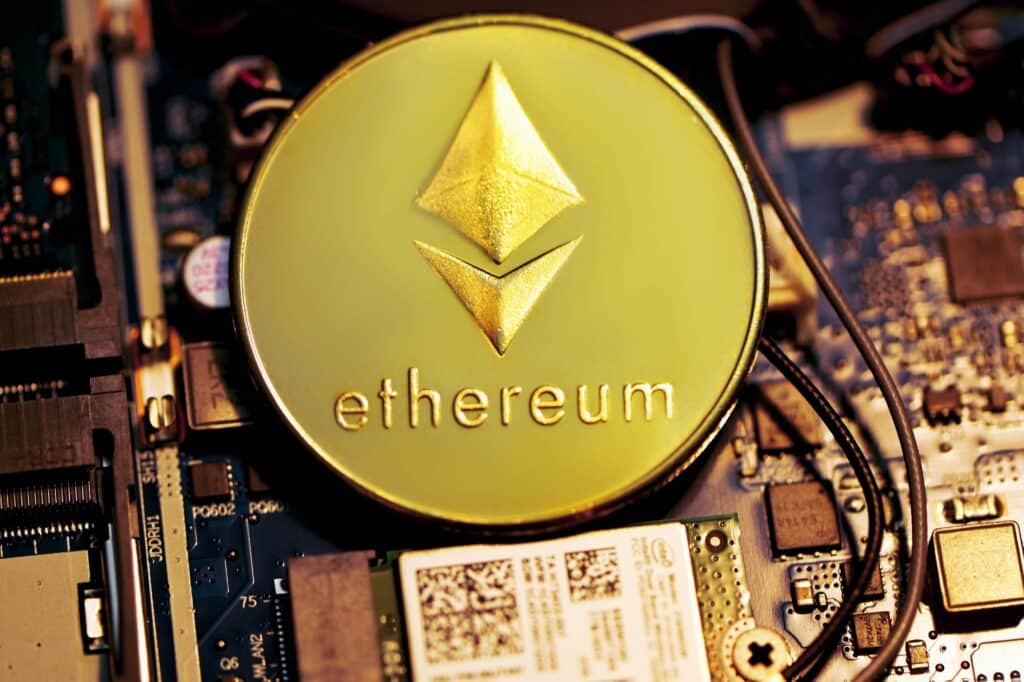
PoW consumes an enormous amount of electricity. For context, Ethereum miners were consuming the same volume as Finland annually.
Energy consumption has been one of the major criticisms of cryptocurrencies. Arguments about how it is terrible for the environment are one of the reasons the electric car company, Tesla, returned on its promise of accepting bitcoin as a form of payment.
To reduce Ethereum’s energy consumption, the Ethereum Foundation decided to move to the more power-efficient PoS. With the Ethereum blockchain consuming so much power, some have argued that cryptocurrencies are killing the planet. And this has prevented some institutions from taking advantage of the technology and everything it offers.
How does PoS work?
Proof-of-stake (PoS) is a blockchain consensus mechanism that consumes less power than PoW. This mechanism is so efficient that it cuts electricity consumption by 99%.
Instead of miners running mining rigs worth thousands of dollars, PoS uses validators who have staked a specific amount of ETH in the system.
In a way, validators can still be called miners because they create new coins. However, depending on the amount of ETH they’ve staked, validators might be able to validate with simple computing hardware.
To earn more as a validator, you need to stake more. The consensus mechanism has an algorithm that chooses which validator will validate each transaction. The more you’ve staked, the more transactions you validate, hence, proof-of-stake.
What does this mean for crypto investors?
For investors who constantly perform transactions on the Ethereum network either through Decentralised Finance (DeFi) protocols or trading non-fungible tokens, an issue on the blockchain has always been transaction speed and transaction cost.
During congested block times, transaction fees can be very high. For example, you could be paying $70 to send $40. In terms of speed, the Ethereum network can carry out one transaction every 13 or 14 seconds.
Interestingly, the upgrade will not lead to any significant improvement in transaction costs and speed.
According to Ethereum.org, The Merge cannot reduce gas fees, a term given to transaction fees on the blockchain.
It said, “gas fees are a product of network demand relative to the network’s capacity. The Merge deprecated the use of proof-of-work, transitioning to proof-of-stake for consensus, but did not significantly change any parameters that directly influence network capacity or throughput.”
However, if you’re hoping for cheaper transactions in Ethereum, efforts are being made to create another layer on the Ethereum blockchain where transactions can be completed quickly and validated later on the main blockchain.
Will The Merge Increase the price of ETH?
The Merge will not directly affect the price of ETH. However, big events such as this have been known to increase the investment in some coins thereby increasing their values.
However, since The Merge happened yesterday, it has not had any impact on the price of ETH. Ironically, in the past 24 hours, ETH has seen an 8.09% drop in its value.



